VIRGINIA GORDON
Communications Coordinator
This concluding article in the series of Metro Parks’ park histories focuses on parks that have opened in the last 10 years (Rocky Fork, Homestead, Scioto Grove, and Quarry Trails). The first of these, Rocky Fork Metro Park, became the 17th park in the Columbus & Franklin County Metropolitan Park District when it opened in August 2015.
ROCKY FORK
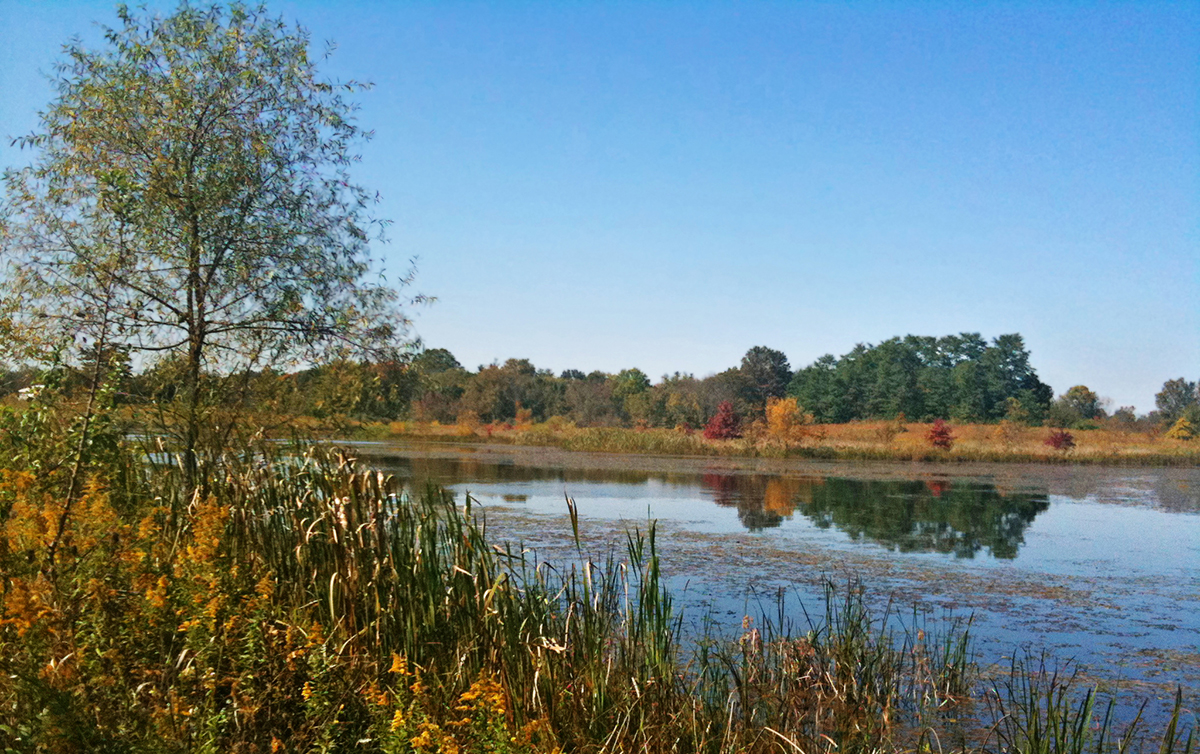
The genesis of Rocky Fork Metro Park is rooted in the Rocky Fork-Blacklick Accord, adopted in 1997 by Columbus, New Albany, and Plain Township. The name reflects the names of the two main creeks in the area covered by the Accord, which was established to manage land use and control development in a region beginning to show significant growth. Metro Parks was invited into discussions with the Accord partners about the possibility of a Metro Park in the area covered by the accord. An updated community plan, published by the accord partners in December 2003, established a goal for an approximately 1,200-acre Metro Park.
The plan anticipated that the future Metro Park would be created within a 2,800-acre rectangular area in the northern sector of the Accord, which had been designated by planners as a Park Zone. Zoning regulations for the Park Zone discouraged large scale housing or commercial developments. The community plan recommendations to develop a Metro Park in the Park Zone were approved by the city councils of New Albany and Columbus, and then by the Plain Township commissioners, in 2007. Of $13 million committed for the park project, Columbus pledged $7.5 million, Metro Parks $3 million, and New Albany $2.5 million. The pledge made by the City of Columbus included Plain Township’s commitment, offset as a dollar amount by an agreement to allow the City of Columbus to annex land in the southwest corner of the township.
LAND ACQUISITION
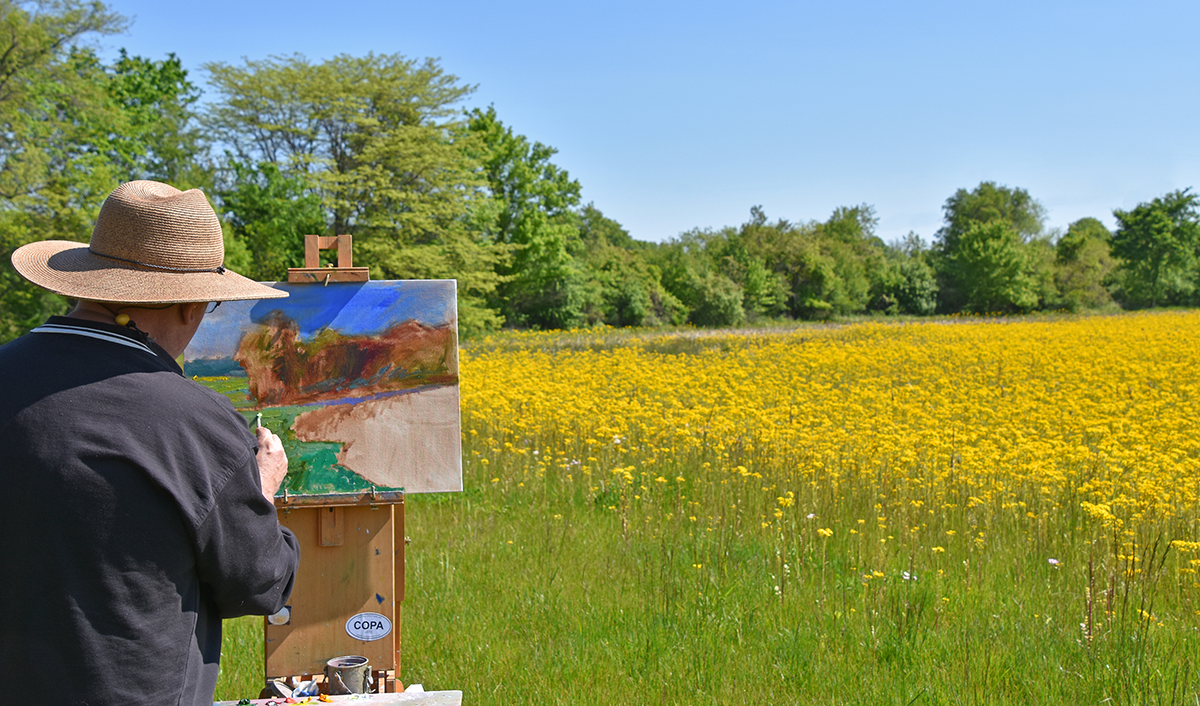
Metro Parks cautioned that any future land acquisition would depend on the willingness of land owners to sell, and on the ability to negotiate a reasonable price. The first land for the new park was a 107-acre parcel donated first of all by the New Albany Company to the City of New Albany, and in turn by the City of New Albany to Metro Parks in November 2008. In the course of the next five years, Metro Parks and its partners acquired land from 11 different sellers, at prices between $14,500 and $17,500 per acre.
The Metro Parks board approved the naming of the park as Rocky Fork Metro Park in November 2011. Alternative names proposed for the park included Bridle Flats Metro Park, Walnut Plains Metro Park, and Harlem Metro Park, because of the adjacent Harlem Road. At the same time, proposals for development of park facilities had to be put on hold because of state funding cuts to Metro Parks’ local government funds, and lesser funds being available from the park levy, because of reduced property values.
Funds remained available for continued land acquisition, via the commitment of funds from New Albany and Columbus. In fact, it was on land acquired in November 2011 and in August and December 2012 that Metro Parks would ultimately begin park developments. (Land acquisition for the park totaled 1,003 acres, with the last purchase in August 2013.)
A REVISED AGREEMENT
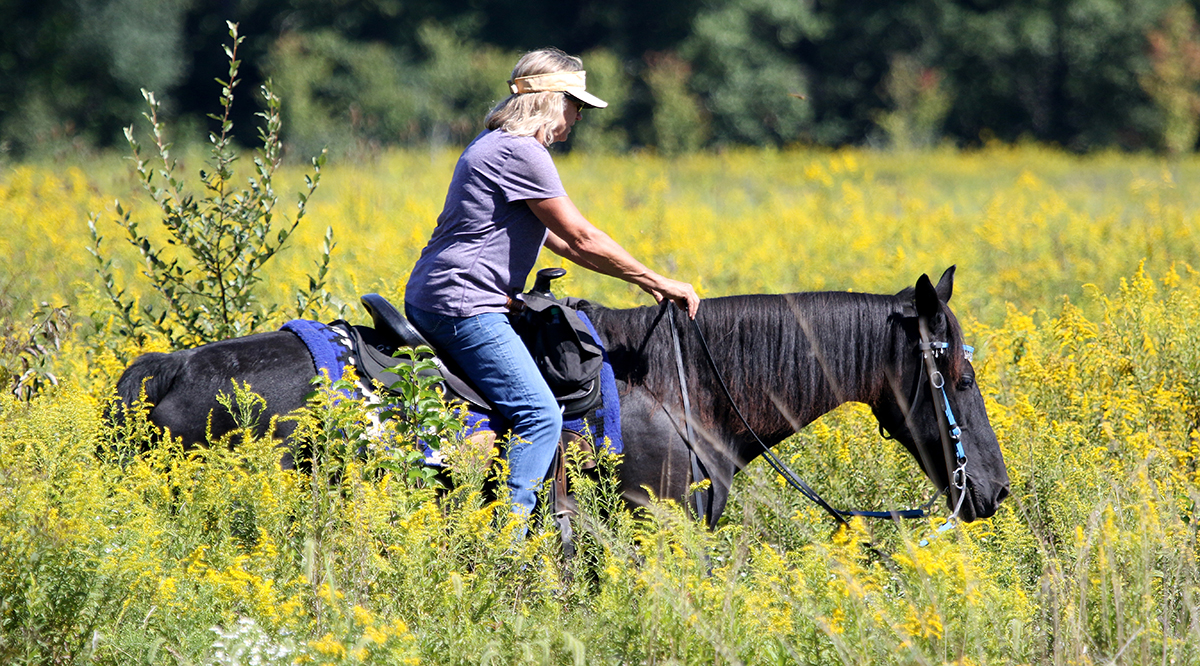
Development of the 235-acre park area was only possible because of a revised agreement between the park partners. In May 2013 the revised agreement saw Metro Parks, as well as the cities of Columbus and New Albany, each commit a further $1.5 million to the project over the next five years, for both land acquisition and park development. Plain Township also agreed to commit $250,000 to the project over the same time frame. The original commitment of $13 million had already been spent.
Thanks to the revised agreement, the Metro Parks board, at its May 2014 meeting, was able to approve capital spending at Rocky Fork for roads, parking lots and utilities, as well as trails and a dog park. Work was completed in time for an official opening of the park in August 2015. A separate bridle trail and horse corral was completed before the end of the year.
ROCKY FORK WINS GOVERNOR’S AWARD
The new Metro Park proved to be an immediate hit with visitors, and it also garnered attention from park professionals across the state. In February 2016, Metro Parks was presented with the Governor’s Award for Parks and Recreation for the development of the new park. The Governor’s Award recognizes the best of the 13 different category winners in the Ohio Parks and Recreation Association’s annual awards. Rocky Fork had won in the category of capital improvement projects of $2.5 million and up. The Governor’s Award was presented to Metro Parks at the OPRA Annual Awards Dinner. At the award ceremony, Metro Parks Executive Director, Tim Moloney, said “What a tremendous honor for Metro Parks to be recognized with the 2015 Governor’s Award for Parks and Recreation. This award is a high accolade for our park system and a fitting testament to the contributions that Metro Parks makes to the quality of life in central Ohio.”
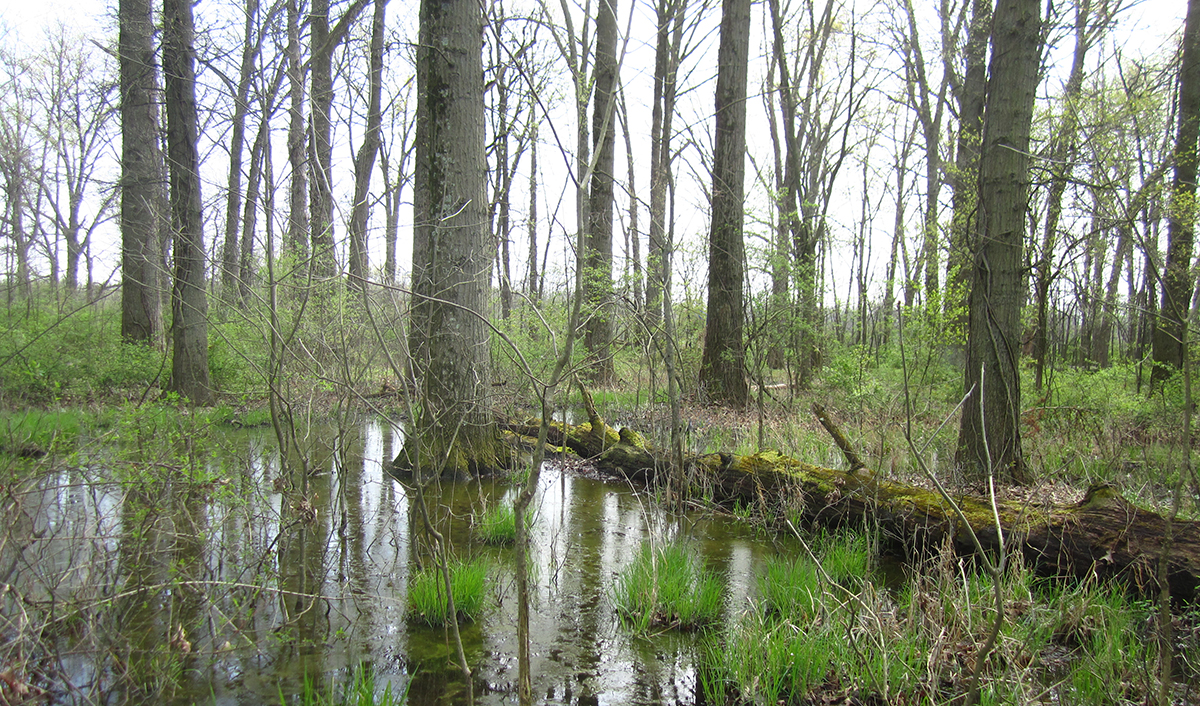
OPRA Executive Director Woody Woodward added, “This is a magnificent 1,000-acre park in one of the fastest growing areas of the state. The investment by Metro Parks protects the five miles of streams and 40 acres of wetlands located on this land for future generations. The partnership between Metro Parks, the cities of Columbus and New Albany and Plain Township further demonstrates that parks and recreation agencies are leaders in Ohio in the area of government collaboration.”
Plain Township Administrator Ben Collins said, “It took a lot of time just to develop the concept and how all the different parties would work together to make it happen.” And City of New Albany spokesperson Scott McAfee was content to say this, about the new Rocky Fork Metro Park, “There’s just this calmness and serenity in it. It’s just beautiful.”
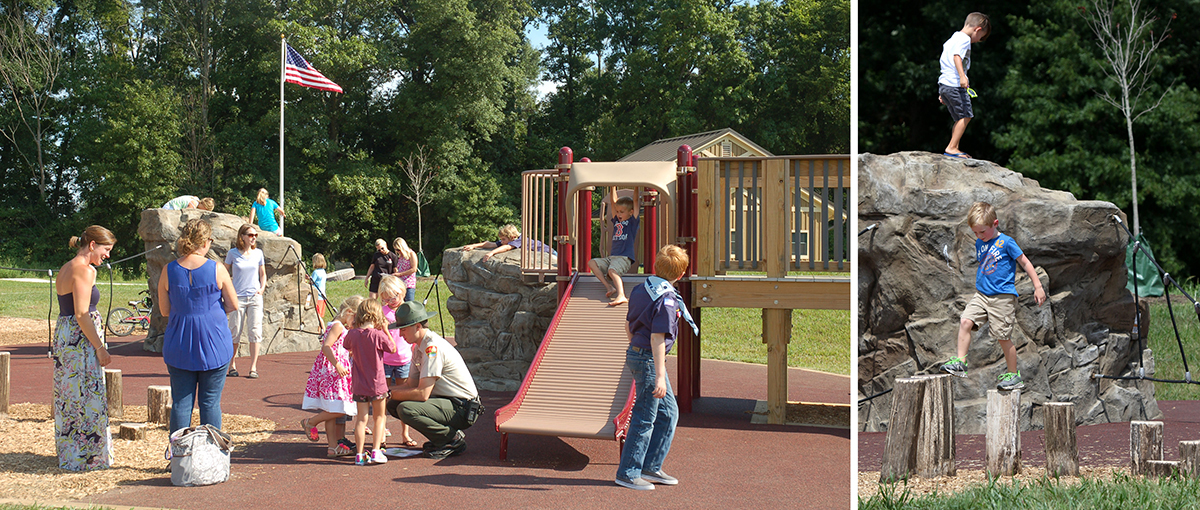
Rocky Fork is managed day-to-day by staff from Blendon Woods Metro Park. The park features a 3-mile Bridle Trail and a short but special Dog Trail, on which dogs are allowed off-leash. The park also includes three paved trails, one of which connects the park with the nearby City of New Albany-owned Bevelhymer Park. The 1-mile North Meadow Trail is a grass surface trail that loops around a restored meadow of native plants, runs alongside a pond and crosses a small earthern dam.
HOMESTEAD
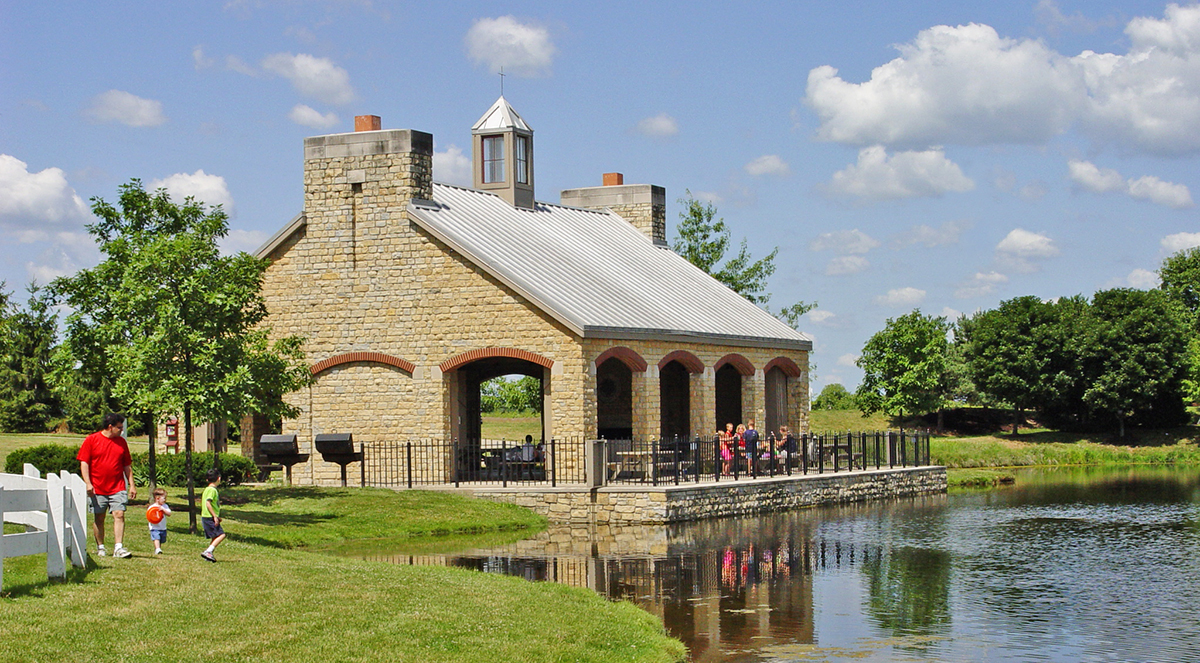
Only a month after Rocky Fork Metro Park opened, Homestead became the 18th Columbus and Franklin County Metro Park. Homestead is the only Metro Park that existed as a park before joining the Metro Parks family.
The Homestead, a 44-acre park in Hilliard, opened in 1992 and was a Washington Township park. The Washington Township board of trustees faced some difficult discussions about the expense of operating and maintaining its parks, and in 2014 announced its intention to dissolve the township’s Parks and Recreation Department. The township entered into discussions with the City of Hilliard and with Metro Parks about the transfer of ownership of The Homestead.
It was agreed that Columbus & Franklin County Metro Parks was the best fit for the future of The Homestead. The Township trustees and the Metro Parks board of commissioners approved resolutions for the transfer in June 2015. As part of the agreement, The Homestead was deeded to Metro Parks at no fee.
Read more about Homestead Metro Park in a previous history article, THE NORTHWEST QUADRANT
SCIOTO GROVE
In 2008, Grove City offered to donate a 192-acre parcel of land to Metro Parks, as the potential starting point of a new park. The Grove City plot was bordered on the eastern side by the Scioto River and was heavily forested. It was in the floodplain of the river and prone to flooding, so it wasn’t appealing to commercial developers, but it had excellent qualities suited to a Metro Park. This section of the Scioto River had shown considerable water quality improvements in preceding years and most of its native fish species had returned.
Metro Parks researched this area for the possibility of additional land acquisition. Some early consideration was given to acquiring land on the eastern side of the Scioto River, which was at the time being quarried for gravel. It proved impracticable and unaffordable to acquire land east of the river, but there were other available parcels on the western side.
The prospect of a park in this centralized area of southern Franklin County appealed greatly to Metro Parks planners, and to potential stakeholders and communities in Grove City and Jackson Township. After research and following local consultations, Metro Parks included the potential park in its levy proposals for 2009. At the time, it was codenamed as Scioto River South and was anticipated to be a park of about 500 acres.
LAND ACQUIRED FOR THE FUTURE PARK
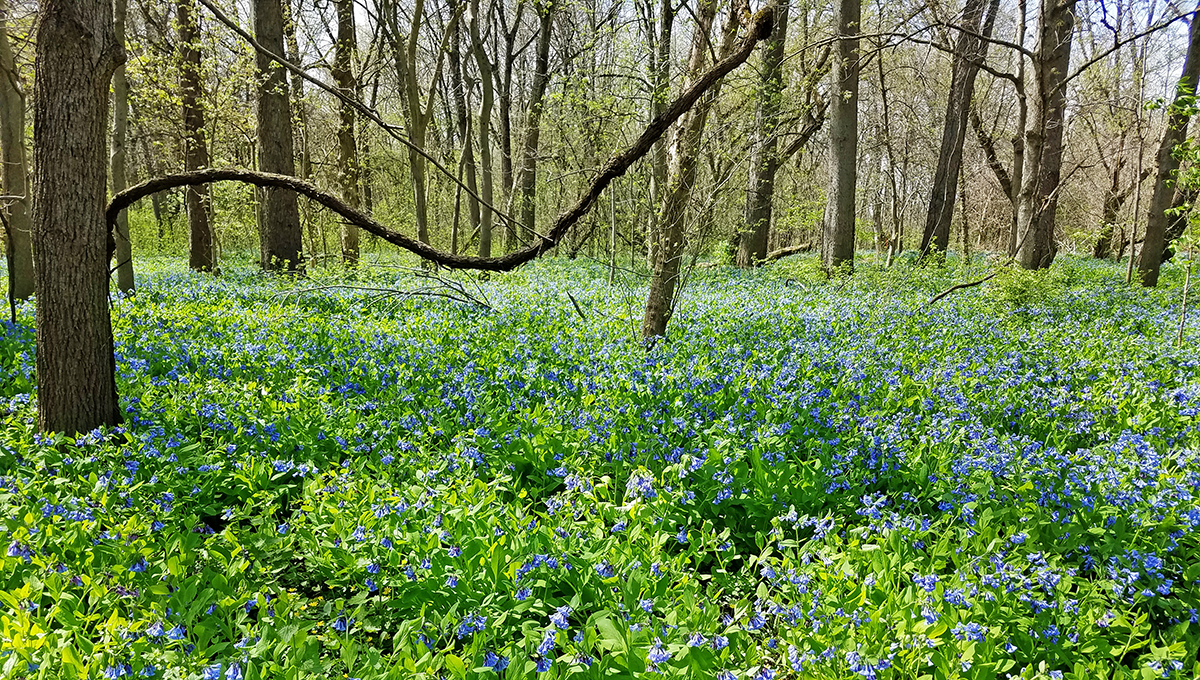
After Franklin County voters approved the Metro Parks Levy in May 2009, Metro Parks acquired its first parcel of land for the new park that coming October, a 66-acre plot adjacent to the offered land from Grove City. That Grove City donation of 192 acres was formally accepted by Metro Parks in December 2010, and later that month, another 175 acres were acquired. At the time, the land acquired thus far left a gaping hole in the middle of the future park, separated into large northern and southern chunks. The park was bounded on the east by the Scioto River and on the west, for the most part, by Jackson Pike, SR 104.
The gap was closed in December 2012 when Metro Parks acquired the final 166-acre parcel of land for the future park, bringing it to a total of 620 acres. (A smaller, 22-acre parcel, touching on the southern edge of the park, had been purchased in October of that year.) Metro Parks had been talking with the owners of the 166-acre parcel for several years, but in 2012 the owners insisted on a sale that year, because of concerns about upcoming changes in capital gains tax rates. In a rarity for Metro Parks, the board approved issuing money in bonds to pay for the property. As the then Executive Director John O’Meara said at the time, “We didn’t want to issue bonds. We operate on a conservative fiscal management principle, which is to spend only the money that you have. But you can’t look at a map and say we don’t need that property.”

The bonds were paid off by the following year, and the park, which might otherwise have been forever sundered, with north and south sections, became a beautiful, 620-acre whole. A Clean Ohio grant was later apportioned to the purchase of the central section, almost halving the cost to the Metro Parks budget.
At the May 2014 Metro Parks board meeting, Scioto Grove was adopted as the official name for the new Metro Park. When Metro Parks came to prepare its budget for 2015, it included $3.2 million for development at the park, to build roads, parking lots, trails, picnic shelters, play areas and a canoe access to the Scioto River.
SCIOTO GROVE OPENS
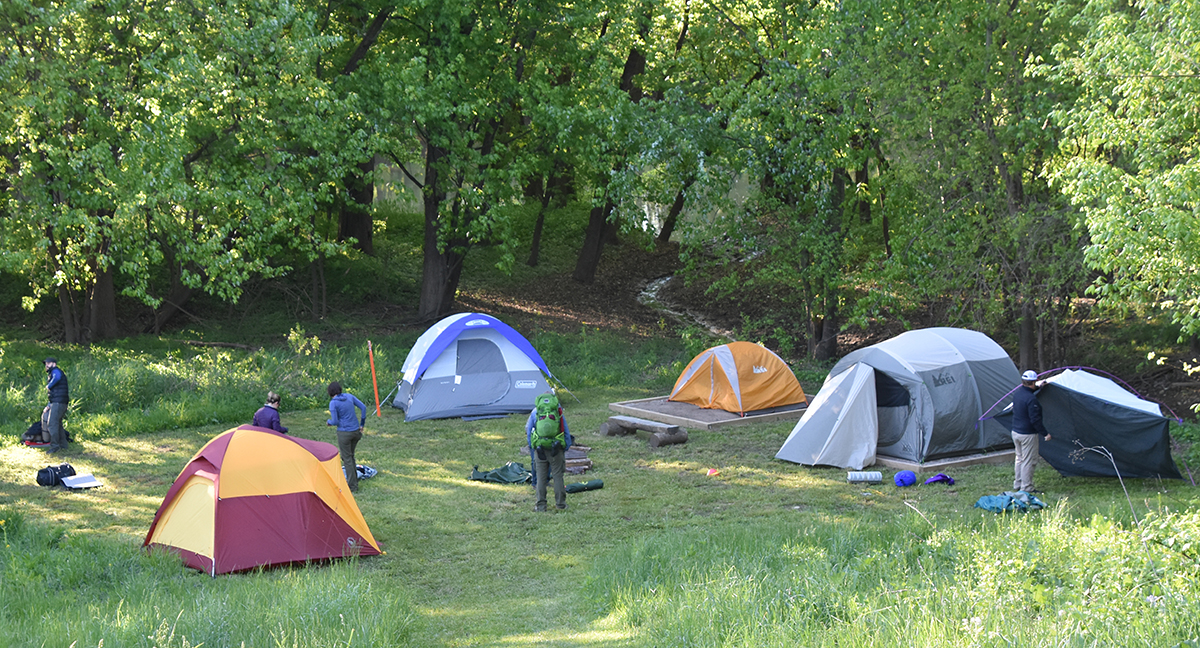
Work proceeded the following year and the park was ready for an official opening on May 6, 2016. More than 1,500 people attended the opening, and many of them joined a park naturalist to take a walk on the 1.8-mile REI River Trail. The trail was named to recognize a grant awarded to Metro Parks by the sporting clothing store, REI Co-op, the Seattle-based outdoor gear and camping company which had recently opened its first two stores in central Ohio. A unique feature of Scioto Grove was its backpacking sites. Five sites, available free by reservation, were established alongside the river. All the sites have a fire ring with firewood, and two bases on which to set up tents. Described as Urban Backpacking, the concept quickly proved successful and appealed to both experienced backpackers and newcomers, who could now experience a quick family overnight very close to home.
The park boasted canoe access points at both the northern and southern ends of the park, and people could fish on the river for catfish, bass, bluegill and other native species. Catch and release fishing was also available at a small pond. A second fishing pond opened in the far south area of the park in 2018. Leashed pets were allowed in all areas of the park, another factor that distinguished Scioto Grove from all the other Metro Parks. And come winter time, Scioto Grove became the 7th park to feature a sledding hill.
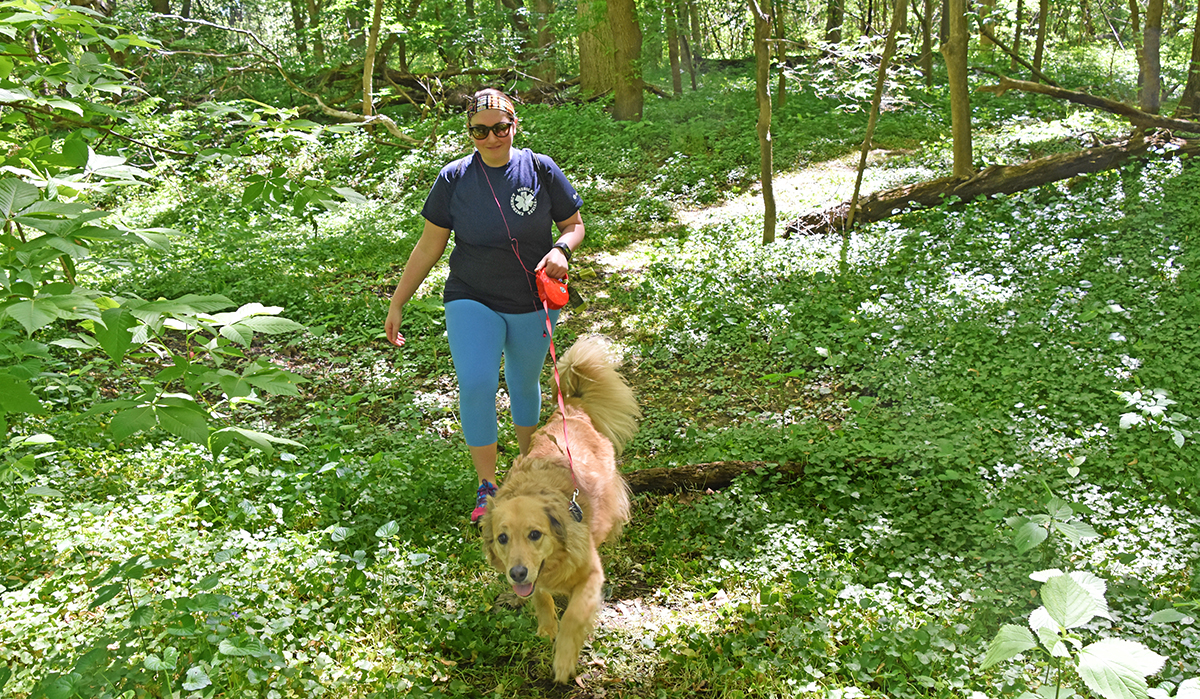
ARCHERY MAKES ITS BOW
Thirteen months after the park opened, Scioto Grove’s 3D archery course welcomed its first foam animal hunters! Twelve foam animals were dotted around two new trails. Animals on the Woodland Trail were positioned about 20 yards away from the marked shooting point, and included two deer, a turkey, a coyote, a wild boar and a raccoon. The targets on the Ridge Top Trail were about 50 yards away from the marked shooting points, and included an elk, an antelope, a doe, a turkey, a bear and a deer. At 5 feet high and 4 feet wide, the elk was the largest target. The course was free to use but archers were required to use arrows with field-point tips (broadhead arrow tips are prohibited). Archers can use any kind of bow: compound, crossbow, recurve or long bow.
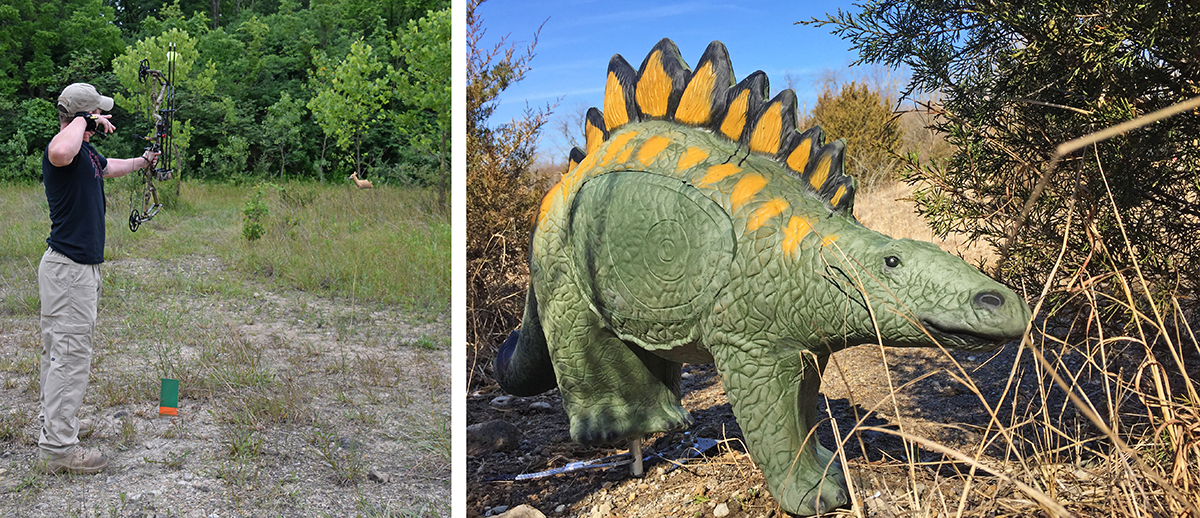
When the arrows are removed from the foam targets, the ‘wound’ closes up. The park switches out some of the foam animals from time to time, so that archers get the chance to hunt such foam critters as dinosaurs and alligators. As well as the 3D course, Scioto Grove opened a traditional archery course at the same time, featuring circular targets at four distances, 20, 30, 40 and 50 yards, to offer a progressive challenge. Great practice for archers, before hunting the foam animals!
DISC GOLF AND RESERVABLE FACILITIES
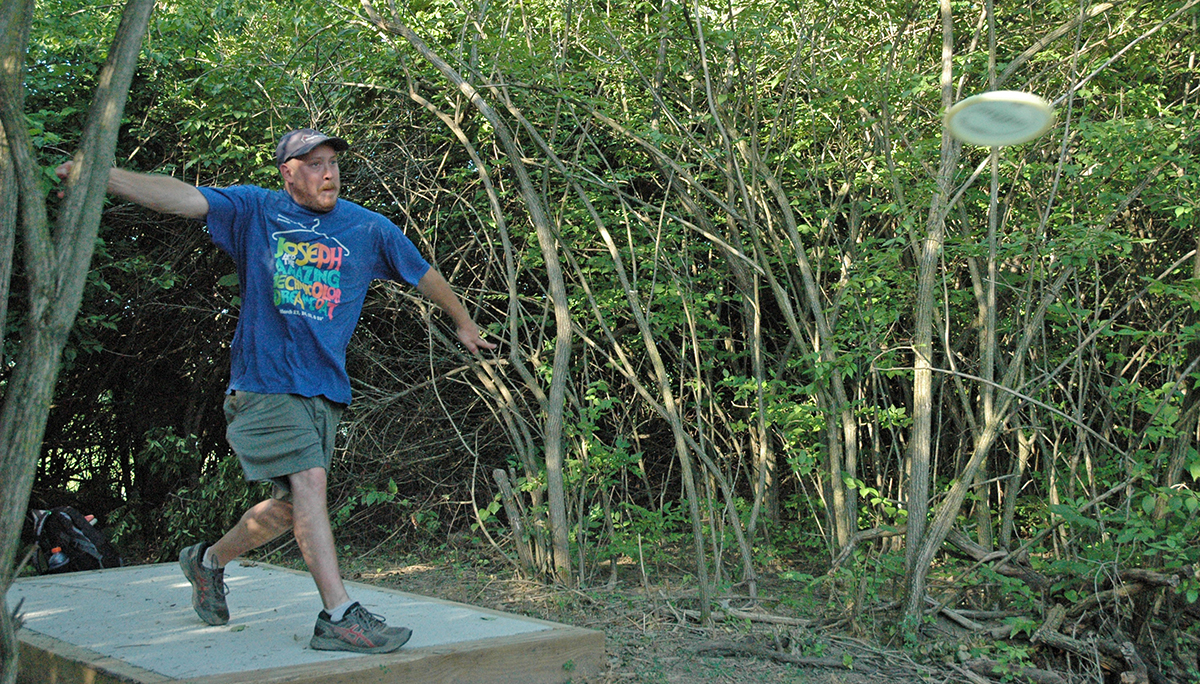
Later in 2017, Scioto Grove opened an 18-hole disc golf course, which starts at the top of a ridge and then descends through the valley of an old quarry site and finishes back up on the ridge. The course is free to use but players need to bring their own discs.
The park also features a superb reservable facility, ideal for weddings, parties or meetings. The Grove Lodge can hold up to 130 people and includes onsite parking for 75 vehicles. The lodge has beautiful floor to ceiling windows on three sides, affording stunning views of the park and an adjacent prairie.
THE REAGAN TOKES MEMORIAL GARDEN
At a special dedication ceremony, Scioto Grove opened its Memorial Garden in June 2019, to honor the life of OSU student, Reagan Tokes. Reagan’s family, who were present at the ceremony, had wished to create a permanent space at the park to honor Reagan, who had been found murdered at the park entrance more than two years before. In 2018, they had proposed the idea of a memorial for Reagan to Metro Parks’ Deputy Director, Larry Peck. For Reagan’s mother, Lisa McCray-Tokes, transmuting trauma and tragedy into a garden of reflection and peace for everyone was at the core of her wishes. Numerous concepts for a memorial design were presented to the family by Metro Parks’ assistant manager for construction and engineering, Chris DelGrosso, who has a background in landscape architecture and who expressed himself in awe of Lisa’s graciousness.
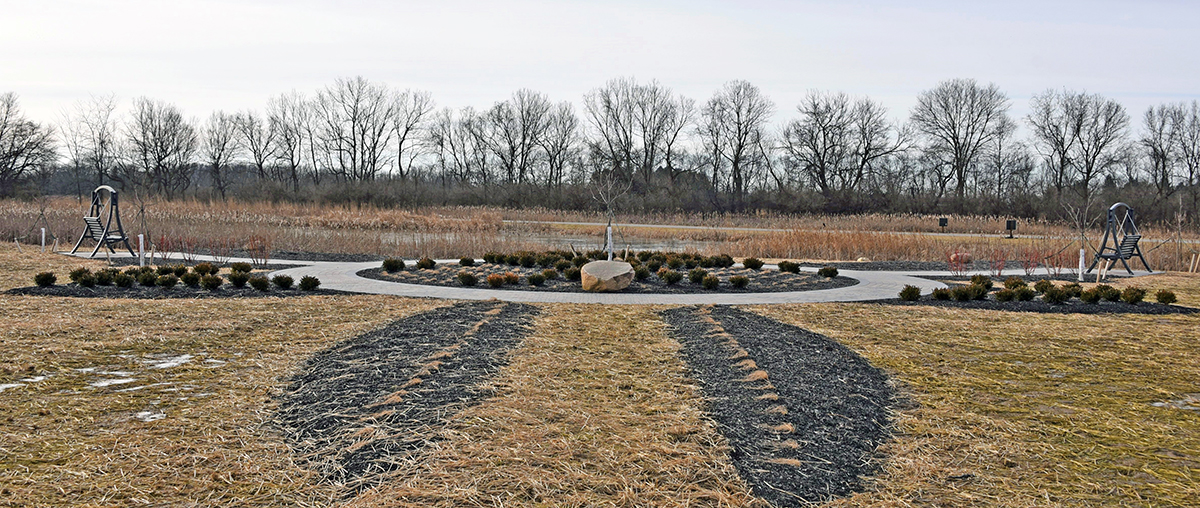
The chosen garden design centered on a Celtic symbol of love. A buckeye tree stands by a plaque that honors Reagan, and four more buckeye trees symbolize her parents, sister and extended family members. The garden path resembles an angel, from above, and sits near a small pond, which Lisa says reflects Reagan’s love of water and her astrological sign, Pisces. “Now when I come to this park, I can have a sense of serenity and calm instead of an overwhelming feeling of darkness and foreboding,” Lisa said at the dedication ceremony.
THE FIRE TOWER
A new feature is coming to Scioto Grove very soon. Some parts of a 100-foot Keystone Fire Lookout Tower are already on site, between the Arrowhead Picnic Area and the Drone Field. We are waiting on improved weather and then contractors will galvanize these sections of the tower. It needs at least three days of dry and 60 degree or better weather before contractors can start that process. When it’s completed, a final section will be transported to the site and the whole edifice will be reassembled.
The metal Fire Tower was built in the early part of the 20th century to a design used by the US Forest Service. These towers were erected as lookout points to detect early signs of fire across large swathes of forest. The Fire Tower at Scioto Grove was donated to Metro Parks by a private landowner, some 80 miles north of the park. Metro Parks assumed the cost of dismantling, renovating and reassembling the tower in order to provide park visitors with spectacular views over the entire park, the Scioto River, and even great views of downtown Columbus. The tower is expected to be fully renovated and reassembled before summer and will add a new element to the many attractive features of the park.
QUARRY TRAILS
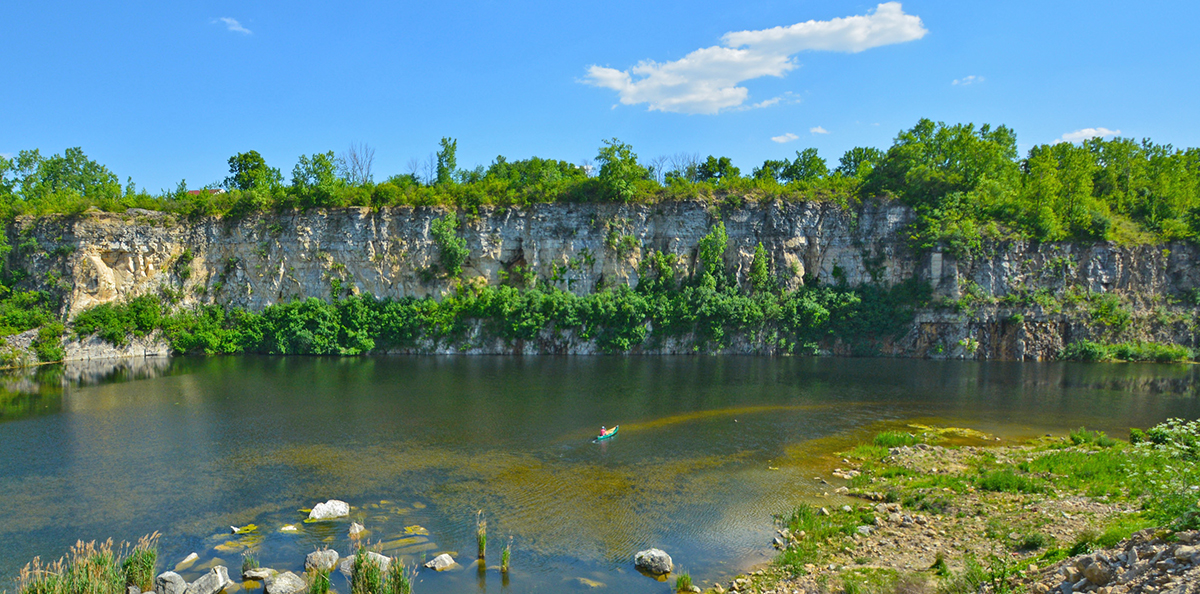
The 20th Metro Park, Quarry Trails, opened to the public in November 2021, on part of what had once been the largest limestone quarry in the United States. The Marble Cliff Quarries Company, founded in 1913, absorbed several other quarry operations, some of which had been mining the site since the 1840s. The 2,000-acre quarry was soon mining more than 3 million tons of stone a year. The quarries were founded on Columbus limestone, about 100 feet thick, overlain by deposits up to 35 feet thick of the later Delaware limestone, although both are from the Devonian period. Stone from Marble Cliff Quarries was used on many notable Columbus landmarks, such as Ohio Stadium, the Ohio Statehouse, and the LeVeque Tower.
MARBLE CLIFF QUARRIES
Long, long ago (in human, not geological timescales), indeed a full 15 years before Columbus & Franklin County Metro Parks even came into existence, eyes were on the Marble Cliff Quarries as a potential site for a future Metro Park. In the May 1930 edition of Columbus Today, published by the Columbus Chamber of Commerce, the first inkling of a future Metropolitan Park System for Columbus was broached. An article reported on a year of study by the Chamber’s River and Stream Improvement Committee, and its proposal that Columbus needed to join Cleveland, Akron and Toledo in forming a park district under the terms of the 1917 Ohio Park Districts Law. The Committee’s proposal failed to materialize, but the 1930 article did highlight its work in attempting to have the Marble Cliff Quarries Company “turn over certain property for park and recreation purposes after work had been completed on them.”
Work on the quarries continued for longer than perhaps anyone on the Committee anticipated. Indeed, certain sections of the original 2,000-acre quarry are still being mined today, although the bulk of the quarries was sold to investors in 1985.
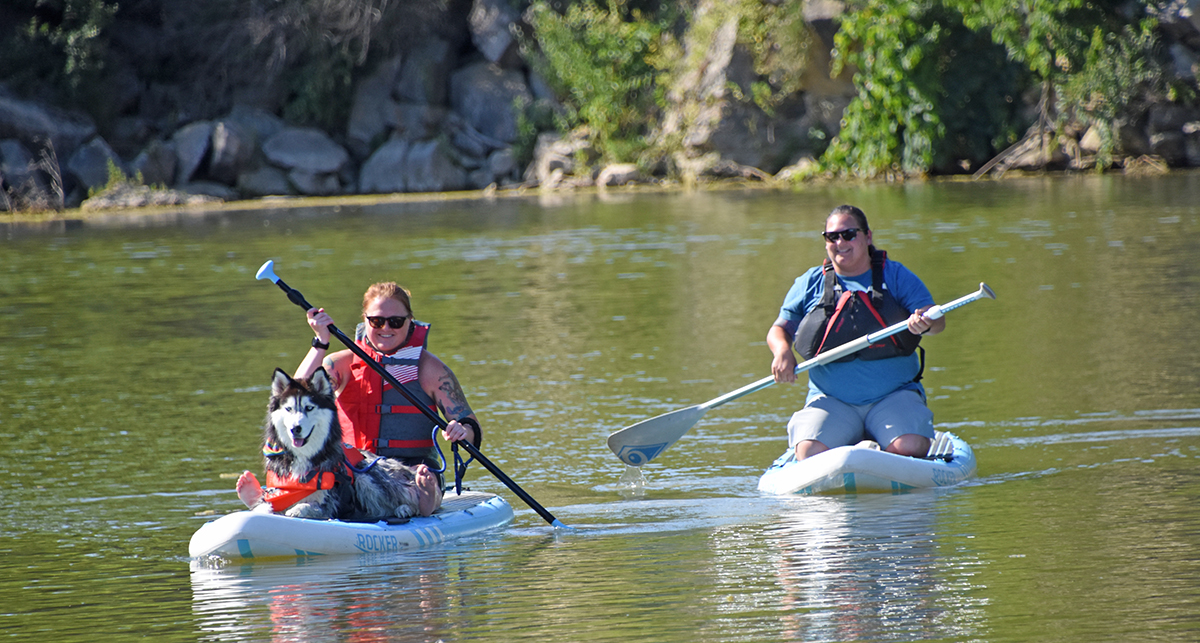
PLANNERS RECOGNIZE THE QUARRY’S POTENTIAL AS A PARK
The potential for a park on unused sections of the old quarry site continued to resonate with Metro Parks planners. In 2008, while drafting proposed land acquisition and capital improvement projects for the decade ahead, a 600-acre section of the old Marble Cliff Quarry was identified as a potential project for the 2009 Metro Parks Levy proposal. Because of cost, and uncertainties about reclamation and remediation needs for parts of the site that had become a landfill, the proposal was categorized in the second level of priorities. It didn’t make the cut as a named project when the Levy proposals were finalized, but the interest never went away.
THE PARTNERSHIP FOR A PARK
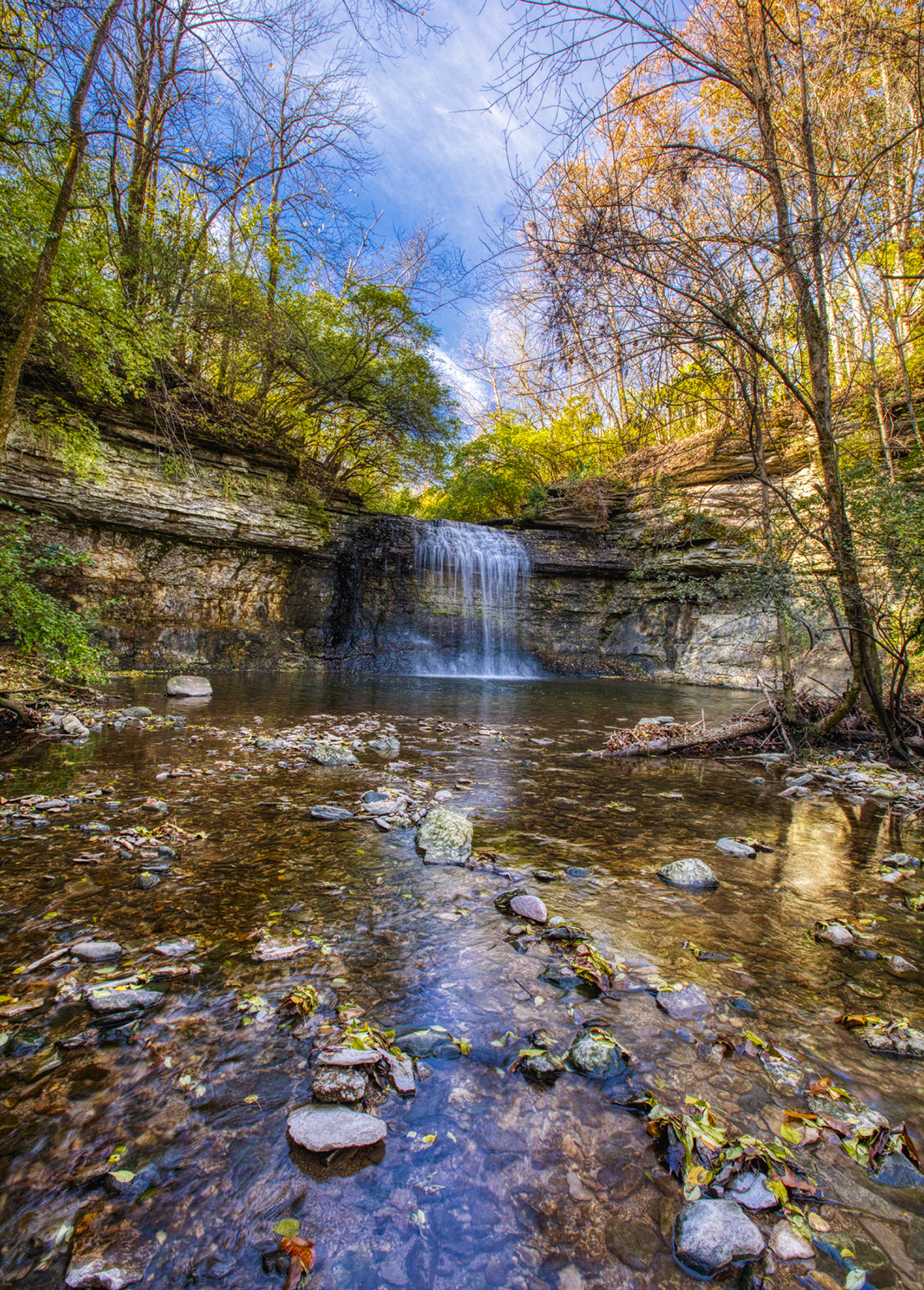
An opportunity to create a spectacular park on at least a portion of that 600-acre site emerged from negotiations with a private developer, Wagenbrenner Development. For several years, the developer had also been very interested in the site for housing and offices, but considered a nearby Metro Park to be an invaluable addition to their development. What was teased as Project QT was announced to the world in June 2017, promising a beautiful adventure destination for outdoor enthusiasts as the 20th Metro Park, with a collar of new homes and offices. Metro Parks Executive Director Tim Moloney called the quarry on which the park would be built an amazing resource. “It’s a landscape that most people here have never seen; that bare rock, that extreme environment! This site is screaming to become a park.”
In 2018, Trabue Dublin LLC, a local subsidiary of the owners of the site, Specialty Restaurants Corporation in California, sold 420 acres to Wagenbrenner, and 180 acres to Metro Parks. The company had once run a restaurant overlooking the quarry, although it had long since closed. Metro Parks was able to secure a grant from Clean Ohio Fund to go towards its land acquisition, and Wagenbrenner (today known as Thrive Companies) took a lead in securing other brownfield remediation funding for the 62-acre section of land that would become the Lake Area of Quarry Trails Metro Park.
Environmental cleanup was the priority throughout 2018 as Metro Parks and its chosen landscape architect firm, MKSK (which had also worked on brownfield remediation for Scioto Audubon Metro Park more than a decade before), readied the land for development as a park.
QUARRY TRAILS OPENS
On a sunny last day of November, 2021, Quarry Trails Metro Park opened officially as the 20th Metro Park. The southern section, the Lake Area, features a dramatic waterfall known as the Millikin Falls, with water from a flowing stream tumbling 25 feet into a lake below. Stone steps lead up to a dramatic overview of the falls. The Lake Area includes two quarry lakes, ideal for kayaking and paddleboarding. One of the lakes is bordered by a boulder garden of large, jagged rocks for visual drama and exploration. The Lake Area, accessed from Dublin Road, also includes a number of trails. The Tall Wall Trail connects the southern and northern areas of the park.
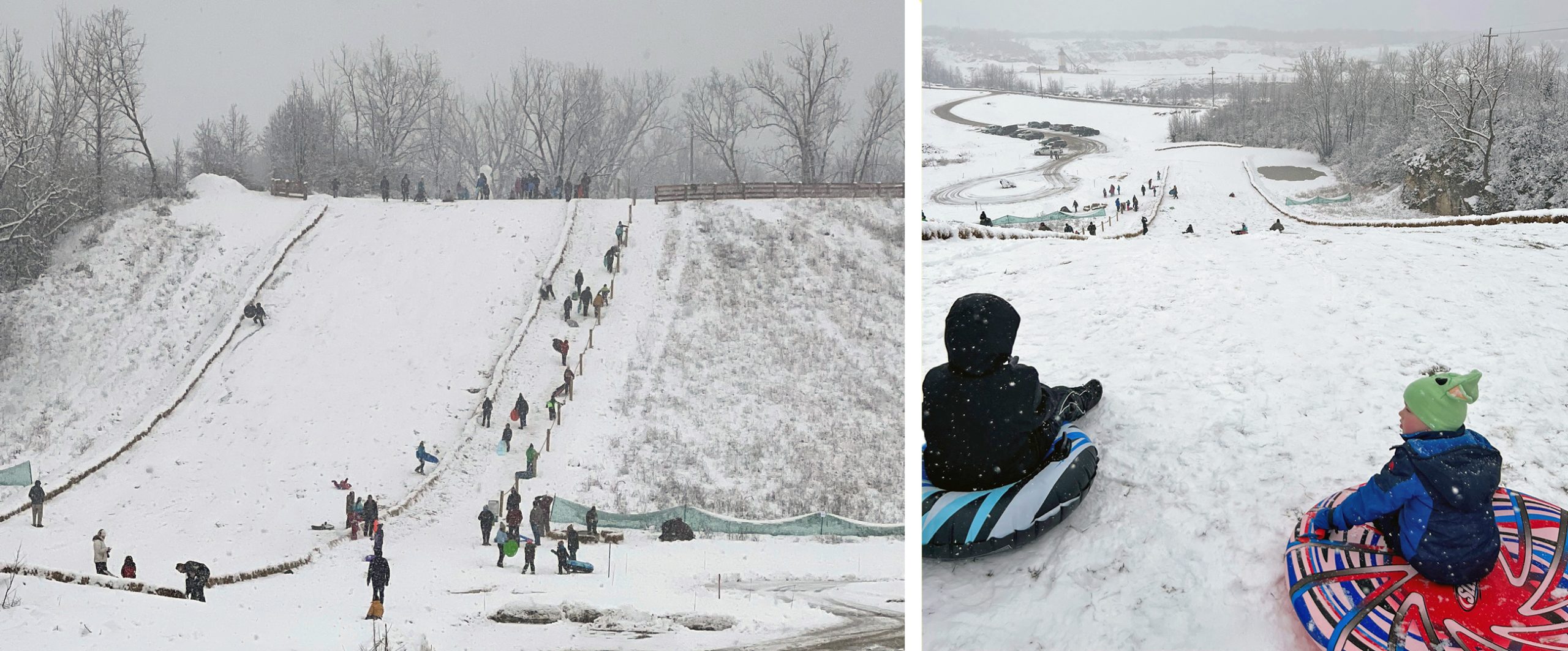
Recreation adventure lovers are sure to make Quarry Trails a regular destination. Various Mountain Bike Trail segments opened in 2022 in the northern area, totaling about 1.5 miles. One of the park district’s most dramatic sledding hills, more than 450 feet in length and with a 150-foot drop, opened in December 2022. Mostly developed, and scheduled to open later in the spring of 2023 is a fenced dog park. And also on the horizon, with a probable opening in spring 2023, is the via ferrata, a climbing route made safe by steel cables and ladders fixed to one of the park’s highest rock walls.
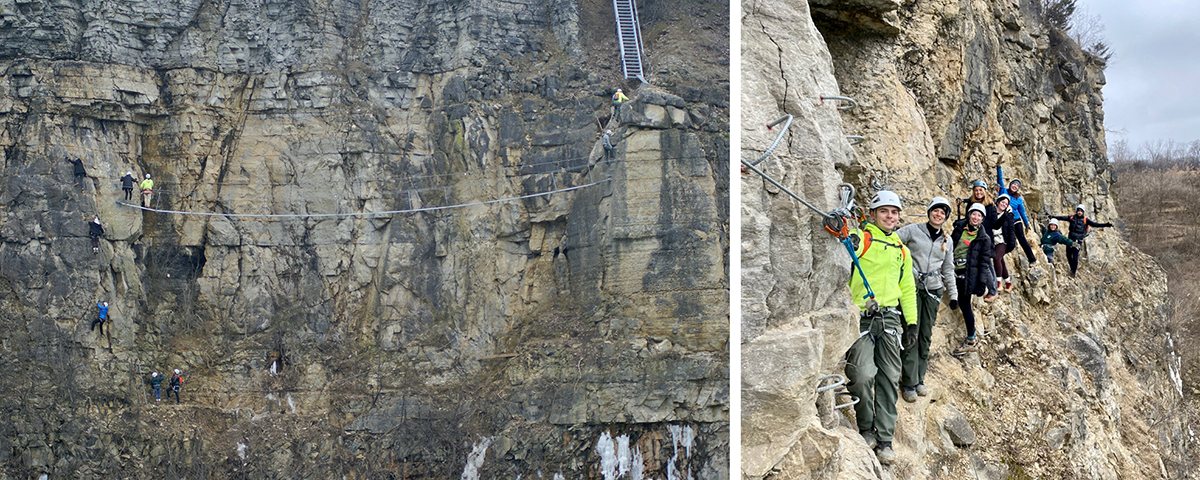
Climbers will use harnesses and leashes to secure themselves to these metal fixtures for an exciting, 800-foot traversal of the rock face, which is more than 160 feet high. The route uses a special double-carabiner system that prevents detachment from the suspension lines on the cliff wall. Via ferrata, an Italian term, literally translates as “iron path.” It will take most climbers about 60 to 90 minutes to complete the via ferrata at Quarry Trails, which includes an 800-foot path about a half to a third of the way up the 160-foot high cliff wall, overlooking a lake, followed by a 40-foot runged climb up to an 85-foot suspension bridge, which leads to the exit from the route, a ladder climb up to the top of the cliff.
THE 100 ACRE WOOD
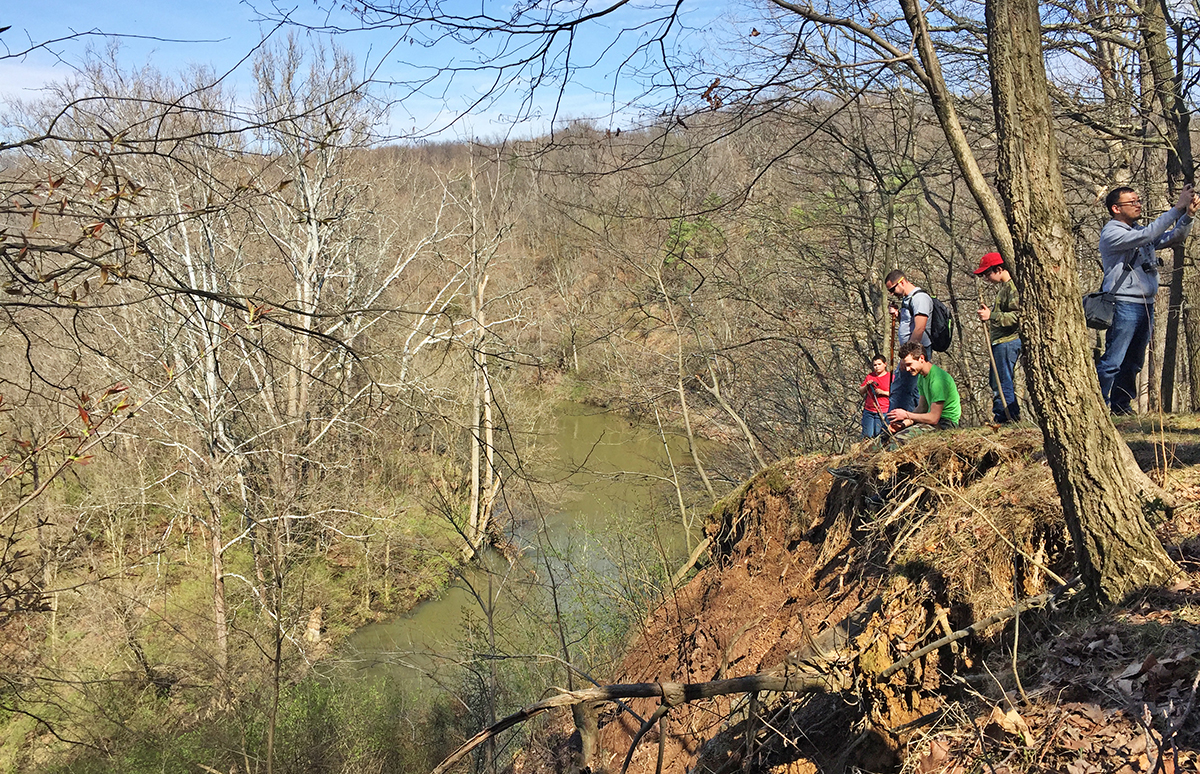
Although it isn’t classified as a Metro Park, and it has no entry road, parking lot, developed trails, restrooms or recreational facilities, the 100 Acre Wood is one of the most dramatic and scenic woodland ravines in the entire park system. Metro Parks acquired a 99-acre parcel in January 2017, and an adjacent 52-acre parcel five months later, utilizing grants from the Clean Ohio Conservation Fund. This wilderness area of old-growth forest is filled with deep ravines that lead down to Big Walnut Creek from bluffs more than a hundred feet high. Metro Parks has chosen to leave this primitive area as close to its original pristine beauty as it can, while encouraging visitors to come and explore the area on their own and see what Ohio forests could look like prior to European settlement and the advent of the logging industry. Visitors can use a small pull off or park on the street close to the 100 Acre Wood address at 5220 Cambria Way, Westerville. The area is managed by staff from the nearby Blendon Woods Metro Park.

Thanks for this, fun to read all the goings on of the Metro Parks… my goodness!!
Park system is just a growin’ and a growin’ !!!